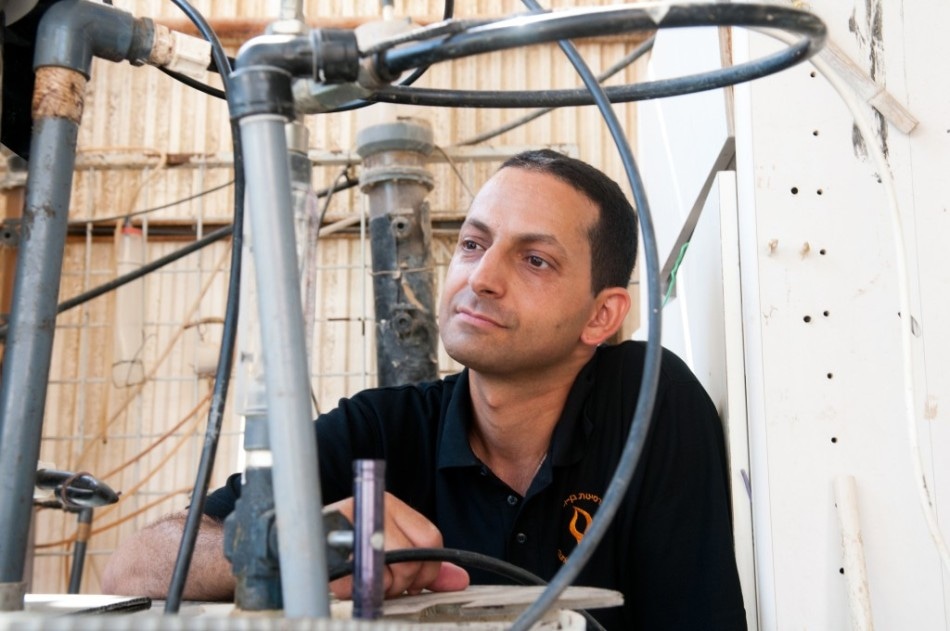Apr 20 2017
 Prof. Moshe Herzberg (credit: Ben-Gurion University of the Negev (BGU))
Prof. Moshe Herzberg (credit: Ben-Gurion University of the Negev (BGU))
A team of researchers from Ben-Gurion University of the Negev (BGU) and the University of Illinois at Urbana-Champaign (UIUC) have created novel ultrafiltration membranes that considerably enhance the virus-removal process from treated municipal wastewater used for drinking in cities facing water scarcity.
Existing membrane filtration approaches require intensive energy to effectively remove pathogenic viruses without the need for chemicals like chlorine, which can pollute the water with disinfection byproducts. The teams at UIUC and BGU joined forces on the new method for virus pathogen removal. The research findings have been published in the current issue of Water Research.
“This is an urgent matter of public safety,” the researchers say. “Insufficient removal of human Adenovirus in municipal wastewater, for example, has been detected as a contaminant in U.S. drinking water sources, including the Great Lakes and worldwide.”
The norovirus, which can cause nausea, diarrhea, and vomiting, is the most common reason for viral gastroenteritis in humans, and is assessed to be the second leading cause of gastroenteritis-associated mortality. Human adenoviruses can cause a wide variety of illnesses that include the common cold, bronchitis, sore throat (pharyngitis), diarrhea, pneumonia, inflammation of the stomach and intestines (gastroenteritis), pink eye (conjunctivitis), bladder inflammation, fever, or infection (cystitis), and neurological disease.
In the research, Prof. Moshe Herzberg of the Department of Desalination and Water Treatment in the Zuckerberg Institute for Water Research at BGU and his team grafted a unique hydrogel coating onto a commercial ultrafiltration membrane. The “zwitterionic polymer hydrogel” repels the viruses from approaching and entering through the membrane.
It comprises of both positive and negative charges and increases efficiency by weakening virus buildup on the modified filter surface. The result was a considerably higher rate of removal of waterborne viruses, including human adenovirus and norovirus.
Utilizing a simple graft-polymerization of commercialized membranes to make virus removal more comprehensive is a promising development for controlling filtration of pathogens in potable water reuse.
Prof. Nguyen, Department of Chemical Engineering, UIUC
Prof. Herzberg and his student, Maria Piatkovsky, worked on this groundbreaking research with Prof. Thanh H. Nguyen and her student, Ruiqing Lu, Department of Chemical Engineering, UIUC as well as Professor Dr. Mathias Ulbricht, chair of Technical Chemistry II, University Duisburg-Essen, Germany.
The project was supported by the U.S. Environmental Protection Agency (EPA grant RD83582201-0) and the German-Israeli Water Technology Cooperation Program, which is funded by the Ministry of Science & Technology of Israel and the Federal Ministry of Education and Research of Germany (BMBF-MOST, BMBF grant # 02WA1261B, MOST grant # GR-2394).